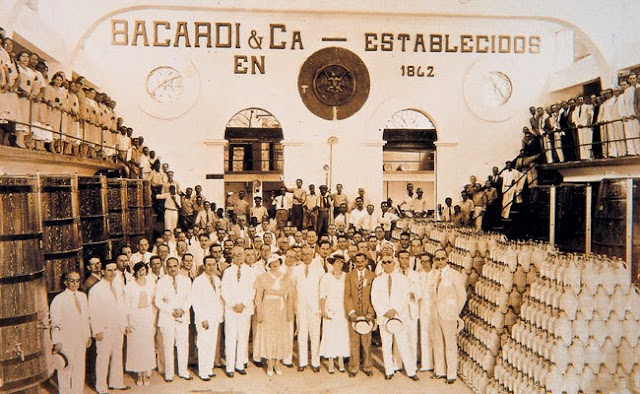Rum wonders
Ever wondered how they make that magical liquid that when drunk moderately makes your night better and in excess your morning worse?
Rum is a distilled alcoholic beverage made from sugar-cane by-products such as molasses and sugar-cane juice by a process of fermentation and distillation. The distillate, a clear liquid, is then usually aged in oak and other barrels. The last part is what imparts the traditional colour and flavour to the rum, the longer its aged the deeper the colour and the more pronounced is the flavour.Light Rum: The Mild Stuff
Aged or un-aged, white rum is the clear stuff most commonly used as the base for a daiquiri or mojito, two of Papa Hemingway's favourites. Bacardi is the most ubiquitous, but I like Cruzan Light Aged, Mount Gay Eclipse, and Flor de Caña 4 Year Extra Dry, unfortunately you can't find them in Guernsey.
Gold Rum: The Complex Stuff
If it's true gold rum, the liquid has spent some time inside a barrel lending it an amber colour and usually more complexity than light rum. (Some "gold" rums aren't actually aged but get their colour from additives. Avoid them.) Gold can replace light rum in any cocktail to add another layer of depth. I recommend using El Dorado 12 Year, Santa Teresa special reserve, Appleton VX or Reserve, and Smith & Cross.
Dark Rum: The Rich Stuff
These rums have usually spent more time in wood with flavours that range from dark chocolate and coffee to tobacco and nuts. Brands like Zaya 12 Year and Zacapa 15 or 23 Year are great replacements for whiskey in Old Fashioned's or Sazeracs.



Comments
Post a Comment